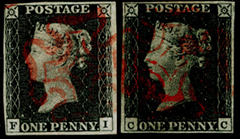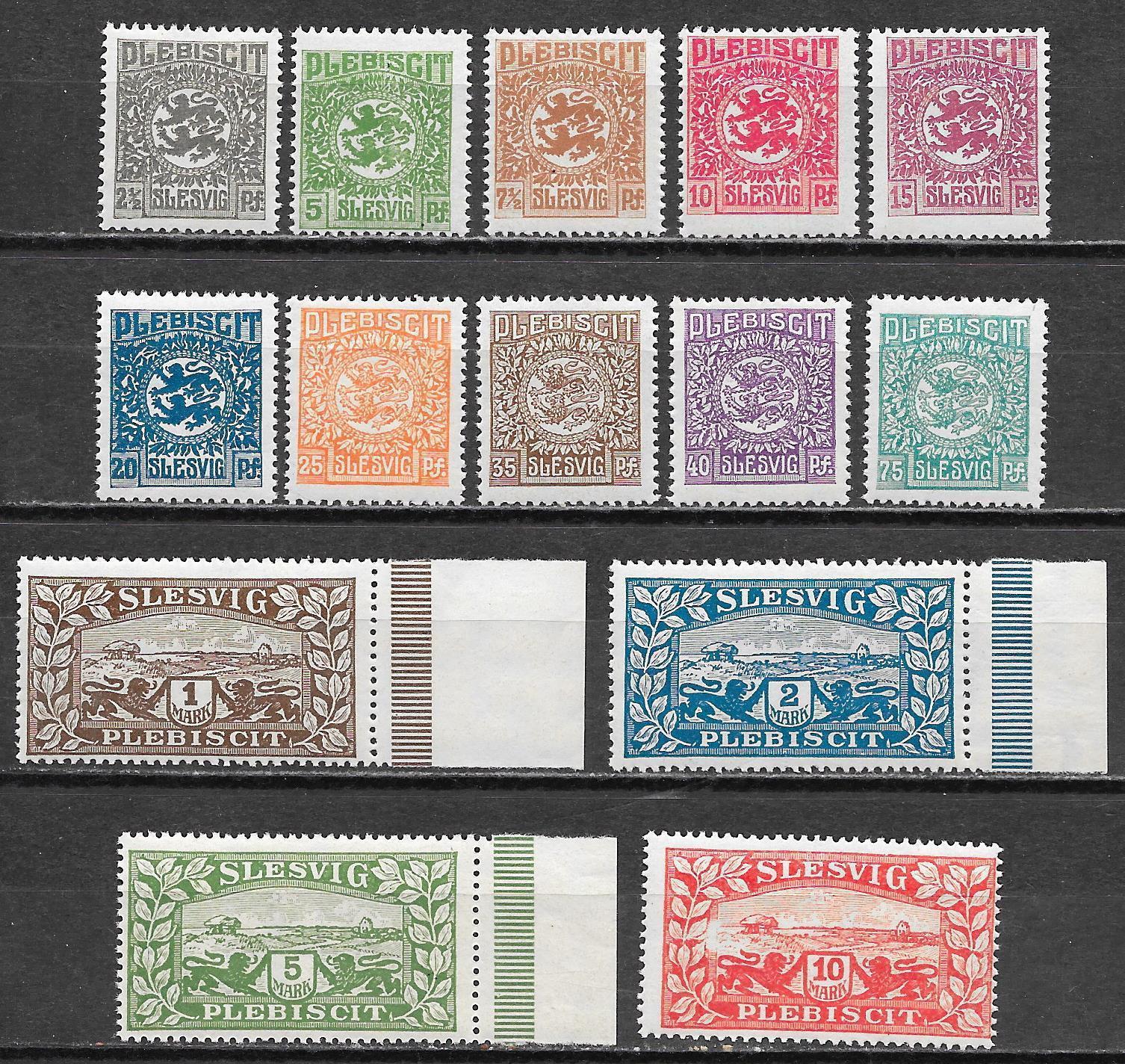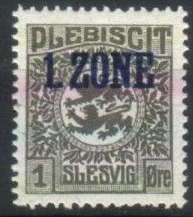 First Issues Collectors Club
of stamps and philatelic material
First Issues Collectors Club
of stamps and philatelic material
Home - Catalog - Categories - Index - Journal - Exhibits - Auctions - Forgeries - Join
 First Issues Collectors Club
of stamps and philatelic material
First Issues Collectors Club
of stamps and philatelic material
Home - Catalog - Categories - Index - Journal - Exhibits - Auctions - Forgeries - Join
| first issues > countries > schleswig |
 |
||
| 1-14 | xxx |
perf 14x15, wmk multiple crosses, typo
Printed by H. H. Thiele, Copenhagen
| Description | Design | Scott | SG | Mi | Y&T | |
|---|---|---|---|---|---|---|
| 2½ pfennigs grey | 1 | 1 | 1 | |||
| 5pf green | 1 | 2 | 2 | |||
| 2½pf yellow-brown | 1 | 3 | 3 | |||
| 10pf deep rose | 1 | 4 | 4 | |||
| 15pf red-violet | 1 | 5 | 5 | |||
| 20pf deep blue | 1 | 6 | 6 | |||
| 25pf orange | 2 | 7 | 7 | |||
| 35pf brown | 2 | 8 | 8 | |||
| 40pf violet | 2 | 9 | 9 | |||
| 75pf greenish-blue | 2 | 10 | 10 | |||
| 1 mark dark brown | 3 | 11 | 11 | |||
| 2m deep blue | 3 | 12 | 12 | |||
| 5m green | 3 | 13 | 13 | |||
| 10m red | 3 | 14 | 14 |
 |
Zone 1 |
| 1920 Sc15 SG29 |
Under the Versailles Treaty of 1919, Schleswig was divided into two zones. On 10th February 1920, Zone 1 (North) voted 75% to join Denmark, which it did on 9th July. On 14th March, Zone 2 (South) voted 80% to remain part of Germany.
A second set of 14 stamps (Sc15-28, SG29-42) to the same design
but denominated in Danish currency and overprinted "1.ZONE" was issued for use in the North on 21st May 1920.
Further details provided by Al Gore, September 2022.
The Schleswig plebiscite comprised two referendums, organized according to the Treaty of Versailles in 1919, with the purpose of determining the future border between Germany and Denmark. The referendums were monitored by representatives from France, the United Kingdom, Norway, and Sweden.
Schleswig, located at the southern end of the Jutland Peninsula, had originally been a Danish province. Following the War of Schleswig in 1864, the territory was awarded to the Kingdom of Prussia by the Treaty of Vienna. It eventually became part of the Prussian Province of Schleswig-Holstein. In 1871, Schleswig-Holstein became part of the newly founded German Empire.
After World War I, the Danish, who were neutral during the war, divided the province into three zones, in which separate referendums would be held.
Zone I - encompassed the northern and largest part of Schleswig. Zone I was about 75% ethnic Danish and 25% ethnic Germans, but some towns in the zone did have majority ethnic German populations. The referendum for Zone I was held on February 10, 1920, and it voted to become part of Denmark, today, the Danish Province of South Jutland.
Zone II - was formed from the central part of the province. Zone II was about 80% ethnic German and 20% ethnic Danish. The referendum for Zone II was held on March 14, 1920, and it voted to remain part of Germany.
Zone III - was the southernmost part of the province, and it was almost entirely ethnic German. No referendum was held in Zone III, as the outcome was obvious.
Through these referendums, Denmark was able to reclaim a substantial portion of the province that they had lost to Prussia in 1864. The outcome of the referendums was peaceful, and the border between Denmark and Germany that was established in 1920 remains to this day.
Sources: ScC, SGP7.
Images from ebay.
| FI ref: 502 | Page credit: NB |
| Page created 8 July 2017 | Page updated 04-Sep-2022 |